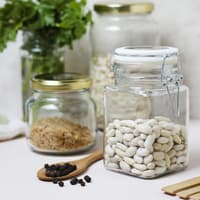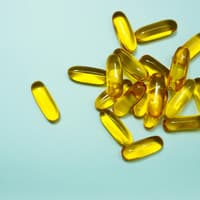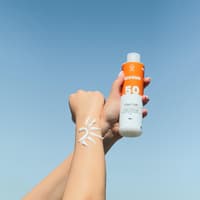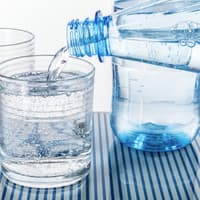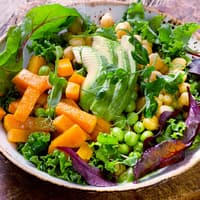
The vitamin is formed in the skin under the influence of direct sunlight. Sun cream prevents this - now in late summer the sun is no longer so strong and you can largely do without it. The body needs vitamin D for the metabolism. It also promotes the absorption of calcium from the gastrointestinal tract and thus ensures healthy and strong bones. But vitamin D can do much more: studies have shown that a high level reduces the risk of bowel or breast cancer by around 40 to 50 percent. Those who have too little vitamin D, on the other hand, have an increased risk of cardiovascular and metabolic diseases.
Diet also helps
From October to March, the sun is not strong enough to produce sufficient vitamin D in our bodies. In winter, we then draw on the stores we have built up in summer. That's why it's so important to get plenty of sun now. After all, the body can only absorb ten to 20 percent of its requirements through food.
Vitamin D cannot be overdosed
The German Nutrition Society estimates an adequate intake of 20 mg vitamin D per day. The German Federal Office for Risk Assessment recommends exposing your hands, face and arms to the sun for five to 25 minutes. The body's own vitamin D cannot be overdosed.
Should you take supplements?
In winter, it is generally recommended to take vitamin D capsules from the pharmacy (e.g. Vitamin D-Loges) to prevent a deficiency.
Foods rich in vitamin D
Oily sea fish: Herring, mackerel and salmon contain the most vitamin D of all foods (up to 25 mg per 100 grams). You should eat this fish once or twice a week.
Edible mushrooms: Chanterelles and button mushrooms also have vitamin D - but not quite as much. Chanterelles contain 2.10 mg per 100 grams, mushrooms around 1.90 mg.
Dairy products: Gouda (45 percent fat) provides 1.3 mg per 100 grams, butter 1.2 mg and whole milk (3.5 percent fat) 0.09 mg. Chicken egg yolk has 5.6 mg of vitamin D.
Avocados: The avocado has the highest plant-based occurrence with 5 mg per 100 grams.

